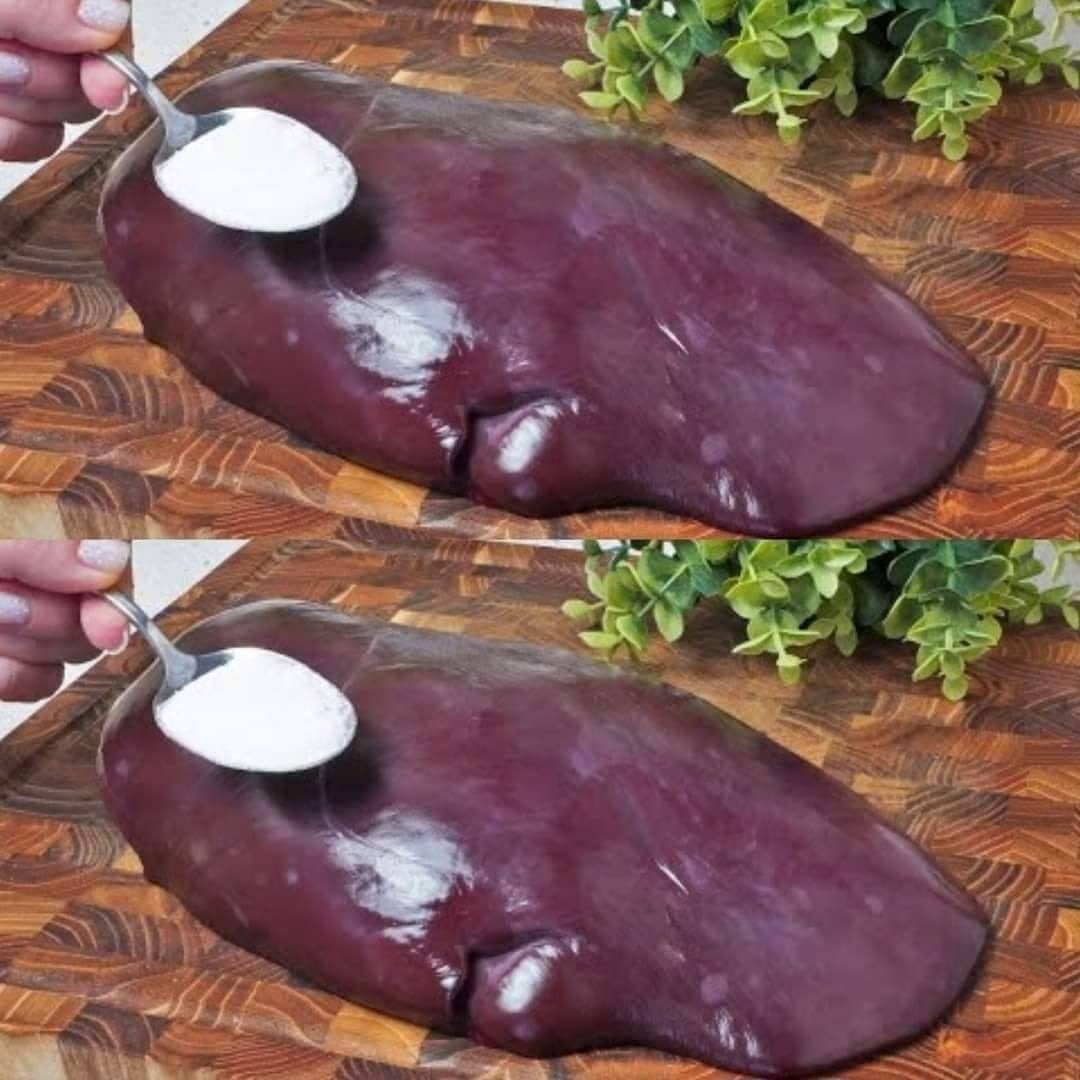ADVERTISEMENT
The Secret to Soft Liver: How to Cook Liver to Perfection Every Time
Liver is a nutritious, protein-packed food that’s been a staple in many cultures for centuries. Rich in iron, vitamin A, and B vitamins, it can be an incredible addition to your diet. However, many people shy away from cooking liver due to its strong flavor and reputation for being tough or dry. The good news is that with the right techniques, you can transform liver into a soft, tender, and flavorful dish that will have you rethinking your approach to this powerhouse food.
In this article, we will reveal the secret to soft liver, offering step-by-step tips and a simple recipe for preparing tender, melt-in-your-mouth liver every time.
Why Liver Sometimes Gets Tough
Liver tends to become tough when it is overcooked. The protein fibers in liver contract when exposed to high heat for too long, causing it to lose moisture and turn rubbery. The key to achieving soft liver is cooking it quickly over medium-high heat, allowing it to retain its natural moisture and tenderness.
The Secret to Soft Liver
Here’s the good news: soft liver can be achieved with a few simple tricks. The secret lies in:
- Choosing the Right Type of Liver: Liver from younger animals (like chicken or calf liver) tends to be more tender and mild in flavor than that from older animals (like beef or pork). So, if you’re new to liver or looking for a milder taste, chicken liver or calf liver may be a great option.
- Soaking the Liver: Soaking the liver in milk or buttermilk for 1-2 hours before cooking helps to remove the strong metallic taste and softens the texture. The lactic acid in the milk breaks down some of the proteins in the liver, making it more tender.
- Don’t Overcook: One of the most crucial tips is to avoid overcooking liver. It only needs a few minutes on each side to cook through. Overcooking causes the liver to become dry and tough, so aim for medium-rare to medium doneness.
- Use a Hot Pan: To achieve a crispy outer texture while keeping the inside soft and juicy, preheat your pan to medium-high heat before adding the liver. This will help to sear the liver and lock in its moisture.
- Rest After Cooking: After cooking the liver, let it rest for a few minutes. This allows the juices to redistribute throughout the meat, resulting in a juicier and more tender piece of liver.
A Simple Recipe for Soft and Flavorful Liver
Ingredients:
- 1 pound of liver (chicken, beef, or calf)
- 1 cup milk or buttermilk (for soaking)
- 2 tablespoons olive oil or butter
- 1 small onion, thinly sliced
- 2 cloves garlic, minced
- Salt and pepper to taste
- Flour for dredging (optional)
- Fresh herbs like parsley or thyme for garnish (optional)
Instructions:
1. Soak the Liver:
Rinse the liver under cold water and pat it dry with a paper towel. Remove any connective tissue or veins. Place the liver in a bowl and cover it with milk or buttermilk. Let it soak for about 1 to 2 hours. This step will help mellow the flavor and soften the texture.
2. Prepare the Liver:
After soaking, remove the liver from the milk and pat it dry. If you prefer a slight crispy exterior, you can dredge the liver slices lightly in flour seasoned with salt and pepper. This will give the liver a nice golden crust when cooked.
3. Heat the Pan:
Heat a large skillet over medium-high heat and add olive oil or butter. Allow the pan to get hot, but not smoking. A well-heated pan is key to getting that perfect sear on the liver.
4. Cook the Liver:
Add the liver slices to the skillet in a single layer. Do not overcrowd the pan. You may need to cook the liver in batches. Sear each side of the liver for 2-3 minutes (for medium-rare) or 4-5 minutes (for medium), depending on the thickness of the slices. The goal is to cook the liver quickly on each side, ensuring it remains tender on the inside while developing a crispy, flavorful crust.
In the last minute of cooking, add the sliced onion and garlic to the skillet, letting them cook until softened and fragrant. The onions will add a sweet and savory contrast to the liver’s richness.
